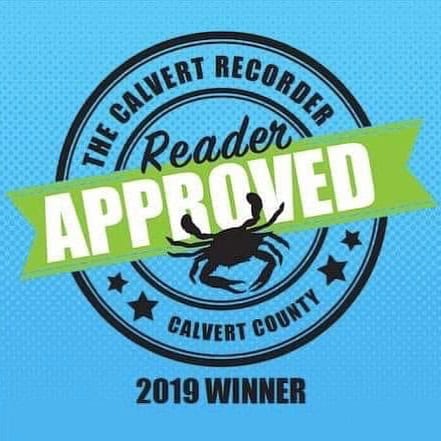The first call to the funeral home lets the funeral arranger know that a death has occurred. While you may ask the arranger any questions at this time, you will be able to discuss the arrangements in detail later when you meet in person. During this initial call, the funeral director will gather information to be able to transport your loved one to the funeral home. The funeral director may ask you several questions, including whether your loved one made any prearrangements and whether you give your permission to embalm the decedent, if necessary. The funeral director will schedule a date and time for you to meet at the funeral home and will let you know what you should bring with you. (A checklist of items is provided in the next section.)
When you visit the funeral home, the funeral director will provide you with price lists and guide you through the entire arrangement process, explaining how you can create a memorable personal celebration of your loved one’s life. The arrangement process may include preparing and filing the official death certificate; scheduling the location, date and time of services or events; selecting a casket, urn or other items; preparing an obituary notice; scheduling vehicles; and selecting pallbearers. You may also sign necessary authorizations or make arrangements to have them signed by the appropriate family members.
Feel free to bring any photos, music or memorabilia so that you and your funeral director can discuss how you would like your loved one to be remembered. More and more people today choose to personalize the funeral services they plan for their loved ones. A favorite song, a favorite gathering place, even a favorite activity can all become part of the service. Our funeral director will listen and assist you in planning a loving tribute that captures the spirit of the person whose life you wish to honor. The funeral director will discuss personalization with you during your arrangement conference.
The following checklist will help you remember what information about the decedent and items will be needed when meeting with a funeral arranger.
If you choose interment, you will need to select a grave space, lawn crypt or mausoleum space and will want to choose a memorial or monument. There will be a professional service fee for the interment.
If you choose cremation, remember that you can plan a visitation and funeral ceremony to be held before the cremation. Another option is a memorial service to be held after the cremation with the urn present and/or a display of photos and other items that illustrate the life of your loved one. You also have memorialization options at the cemetery, including permanent placement of cremated remains. Your funeral dierctor will explain all of the options available to you.
Columbarium
A structure consisting of small vaults or niches for urns containing cremated remains.
Committal service
The ceremony at the gravesite following a funeral ceremony or gathering in a church, chapel or other location.
Crypt
An interment space in a mausoleum.
Entombment
The interment of human remains in an above-ground crypt or mausoleum.
Interment
The placing of remains into their final resting place, such as the ground, a tomb, crypt or niche, etc.
Inurnment
The placing of an urn containing cremated remains into a columbarium, niche, crypt, tomb or ground space.
Lawn crypt
A subsurface concrete structure constructed in multiple units for the interment of human remains. Lawn crypts may be constructed with more than one tier or level.
Mausoleum
A public or private building specially designed to receive entombments in crypts and niches.
Memorial
Any item, other than a mausoleum or columbarium, used for identifying an interment space or for commemoration of the life of a decedent, including, but not limited to, a monument, marker, niche plate, urn garden plaque, crypt plate, cenotaph, marker bench and vase.
Niche
A compartment or cubicle for the memorialization and permanent placement of cremated remains.
Outer burial container
Any container which is designed for placement in the grave around the casket including, but not limited to, containers commonly known as burial vaults, grave boxes and grave liners.
Professional service fee
The fee charged for making an interment including, but not limited to, administrative, clerical, legal and mechanical services performed by the cemetery in conjunction with the opening of an interment space in preparation for the interment of human remains and the subsequent closing of the interment space after the interment has been performed.
Urn
A container made from a variety of materials including, but not limited to, bronze, ceramic, glass, porcelain, wood or other materials, into which cremated remains are placed. Many are designed in traditional vase-like shapes or square and rectangular cubes.






We provide funeral home & cremation services to all of Calvert, St Mary’s, Anne Arundel & Prince George’s County, including Upper Marlboro, Bristol, Lothian, Deale, Galesville, North Beach, Dunkirk, Sunderland, Huntingtown, Hughesville, Prince Frederick, Broomes Island, Leonardtown, Hollywood, St Mary’s City and all other surrounding communities.
Copyright © 2025 Rausch Funeral Home